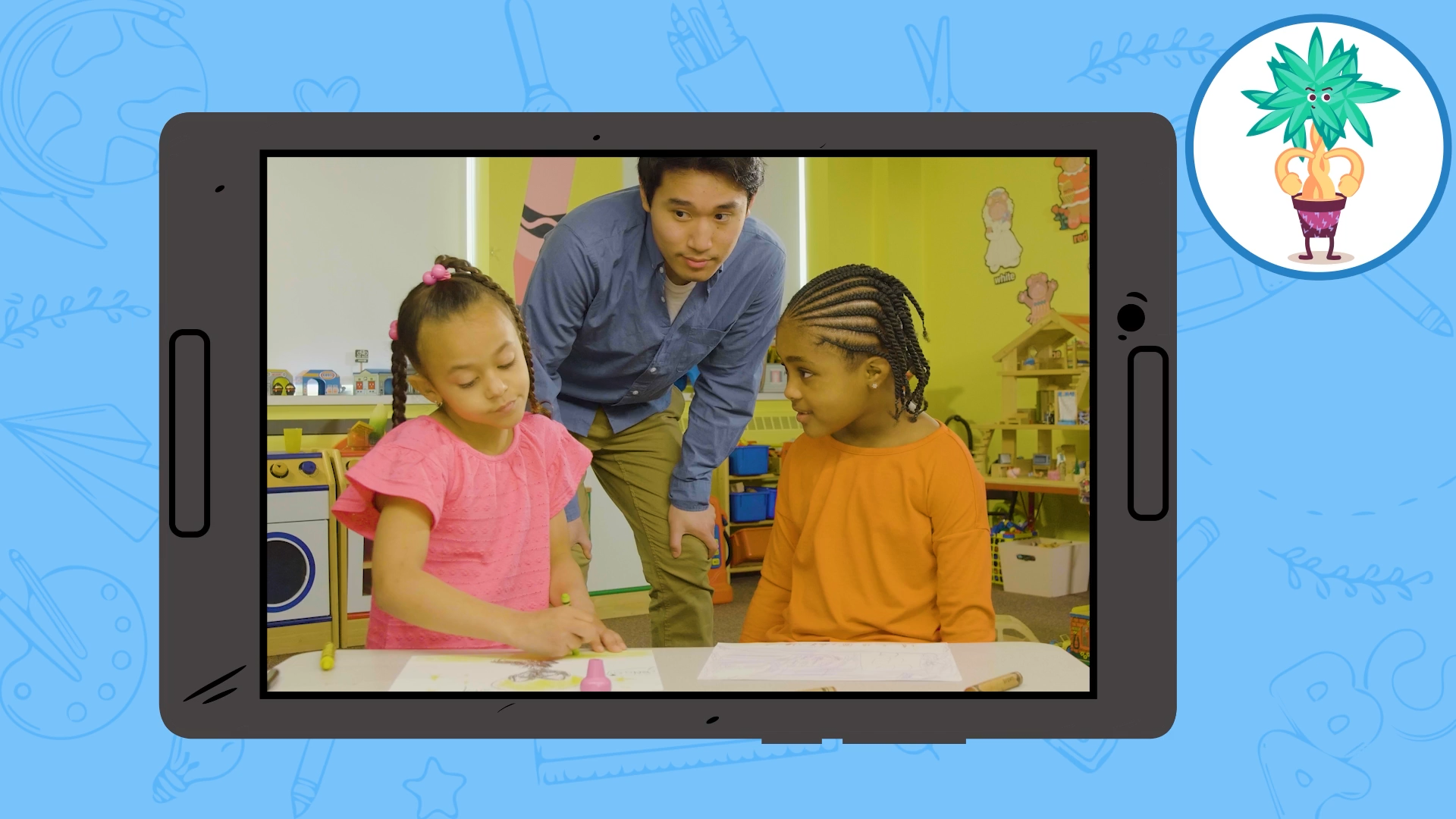
Introduction
Following directions is an essential skill for students to develop, as it promotes a positive learning environment and contributes to their overall success. In this blog post, we will explore a no-prep activity that educators can use to help students practice following directions, as well as stimulate further discussions and offer additional resources to enhance their social-emotional learning.
No-Prep Activity
One engaging, no-prep activity to teach students the importance of following directions is called “Stop and Listen.” Here’s how it works:
- Ask your students to close their eyes and listen carefully to the sounds around them.
- After a minute, have them open their eyes and share what they heard.
- Explain that just like they focused on the sounds, they should also focus on the directions given by their teachers.
- Throughout the day, give various verbal directions to your students. For example, ask them to stand up, touch their nose, or clap their hands.
- Observe and praise students who follow the directions promptly and accurately.
This activity encourages students to practice active listening and follow directions the first time they are given. It also helps them understand the importance of paying attention to clues, such as when a teacher is speaking, to make sure they don’t miss any important information.
Discussion Questions
After completing the “Stop and Listen” activity, use these discussion questions to stimulate further conversations about following directions:
- Why is it important to follow directions the first time they are given?
- How does following directions help create a positive learning environment?
- What strategies can you use to make sure you are actively listening and following directions?
- How does it feel when you successfully follow directions and complete a task?
- Can you think of a situation where you had trouble following directions? How did it make you feel, and what could you have done differently?
Related Skills
Teaching students to follow directions is just one aspect of their social-emotional development. Other related skills that can contribute to their overall growth include:
- Active listening: Encourage students to focus on what others are saying and respond thoughtfully to show understanding and empathy.
- Self-control: Help students develop the ability to manage their emotions and behaviors in various situations.
- Cooperation: Teach students how to work together effectively to achieve common goals.
- Problem-solving: Equip students with the skills to identify challenges, analyze options, and implement solutions.
Next Steps
If you’re interested in exploring more activities and resources to help students develop their social-emotional learning skills, sign up for free sample materials at Everyday Speech. You’ll find a variety of engaging materials designed to support educators in teaching essential life skills to their students.

